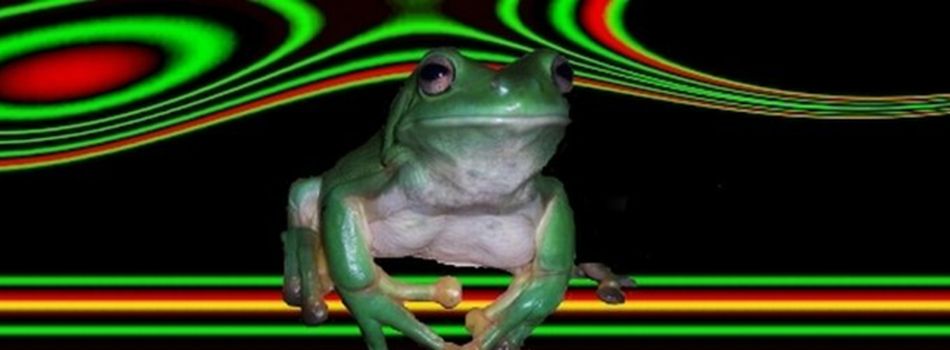The treatment of parasitic infections in green tree frogs depends on the type of parasite (internal or external) and the severity of the infection. The most effective approach combines accurate diagnosis by a veterinarian with targeted antiparasitic medications and supportive care.
1. Antiparasitic Medications
- Nematodes (Roundworms):
- Fenbendazole (oral, 50–100 mg/kg) or thiabendazole (oral, 50–100 mg/kg) are commonly used anthelmintics.
- Levamisole (oral or subcutaneous, 5–10 mg/kg) is also effective.
- Ivermectin (oral, IM, or SC, 0.2 mg/kg) can be used for some species, but should not be used in certain reptiles and caution is advised in amphibians.
- Treatment is typically repeated in two weeks, followed by fecal examination to ensure clearance of the parasites.
- Cestodes (Tapeworms):
- Praziquantel (oral, IM, or SC, 7–8 mg/kg) or niclosamide (oral, 150–300 mg/kg) are effective, with repeat dosing after two weeks.
- Trematodes (Flukes):
- Praziquantel or fenbendazole are also used for these parasites.
- Protozoa (Coccidia, Amoebae, Flagellates):
- Metronidazole (oral, 100 mg/kg, repeated in two weeks) is used for amoebae and flagellates.
- Sulfamethoxine or sulfamethazine (oral, 75 mg/kg once daily for 7 days) are used for coccidia.
- For Cryptosporidium infections, effective treatment is difficult, but options include SMZ-TMP or paromomycin, though success is limited.
- Acanthocephalans (Thorny-headed worms):
- Levamisole (oral, 5–10 mg/kg) is effective, with treatment repeated in two weeks.
- External Parasites (Mites, Ticks):
- Physical removal and environmental cleaning are essential.
- Warm water soaks and, in some cases, topical treatments with safe insecticides (e.g., diluted permethrin or carbaryl powder) may be used, but these require veterinary guidance.
2. Supportive Care and Environmental Management
- Quarantine: Isolate affected frogs to prevent the spread of parasites.
- Sanitation: Thoroughly clean and disinfect enclosures, water sources, and all habitat furnishings to eliminate eggs and larvae.
- Hydration and Nutrition: Ensure optimal hydration and provide a balanced diet to support recovery.
- Repeat Treatments: Most antiparasitic regimens require repeat dosing and follow-up fecal exams to confirm eradication.
3. Veterinary Supervision
- Diagnosis: Accurate identification of the parasite is crucial for selecting the appropriate medication and dosage.
- Individualized Treatment: Dosages and medications should be tailored to the species, size, and health status of the frog.
- Monitoring: Regular follow-up is necessary to monitor response and adjust treatment as needed.
Summary Table: Common Treatments
| Parasite Type | Medication(s) & Dosage | Notes |
|---|---|---|
| Nematodes | Fenbendazole, Thiabendazole, Levamisole | Repeat in 2 weeks, fecal recheck |
| Cestodes | Praziquantel, Niclosamide | Repeat in 2 weeks |
| Trematodes | Praziquantel, Fenbendazole | Repeat in 2 weeks |
| Protozoa | Metronidazole, Sulfamethoxine | Coccidia, amoebae, flagellates |
| Acanthocephalans | Levamisole | Repeat in 2 weeks |
| External Parasites | Physical removal, topical treatments | Environmental cleaning essential |
In summary:
The best treatments for parasitic infections in green tree frogs are targeted antiparasitic medications such as fenbendazole, levamisole, praziquantel, and metronidazole, administered under veterinary supervision. Environmental hygiene, quarantine, and supportive care are essential components of effective management. Accurate diagnosis and individualized treatment plans maximize the chances of successful recovery.

